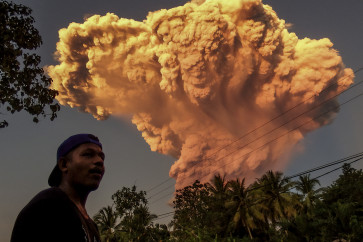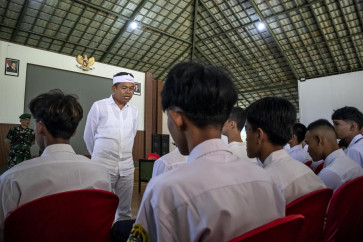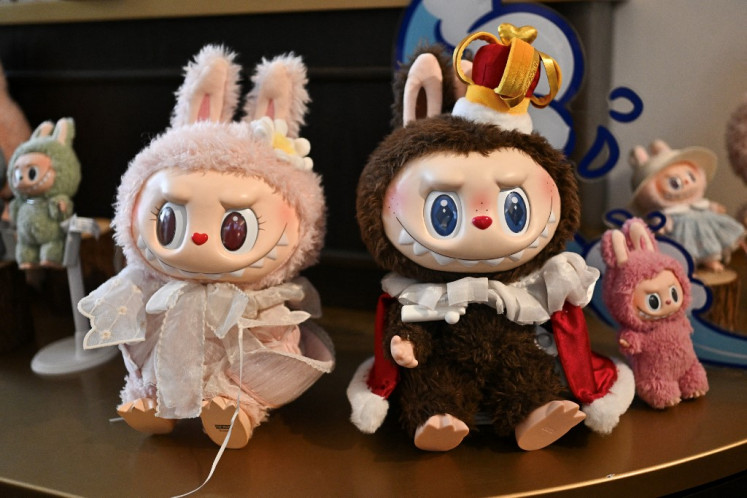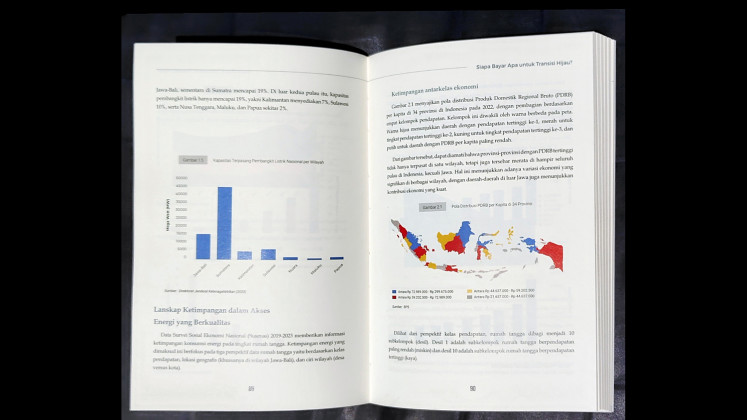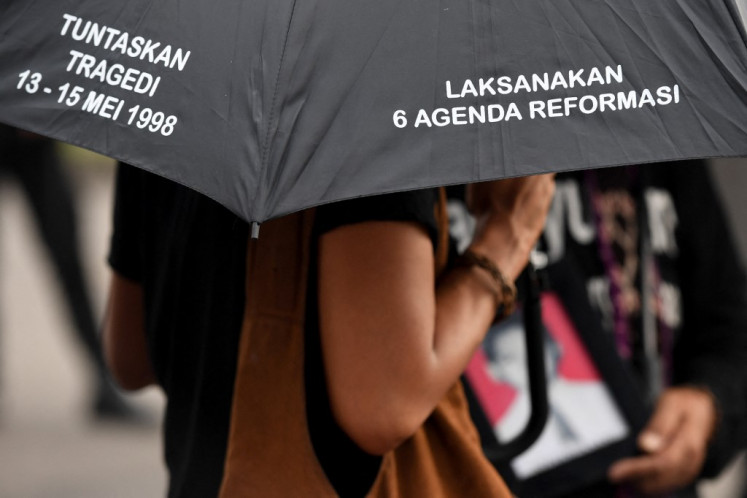Popular Reads
Top Results
Can't find what you're looking for?
View all search resultsPopular Reads
Top Results
Can't find what you're looking for?
View all search resultsThe best (and worst) wines of the 2017 vintage from Bordeaux
A terrible growing season resulted in a small—though, in some cases, truly special—collection of wines.
Change text size
Gift Premium Articles
to Anyone
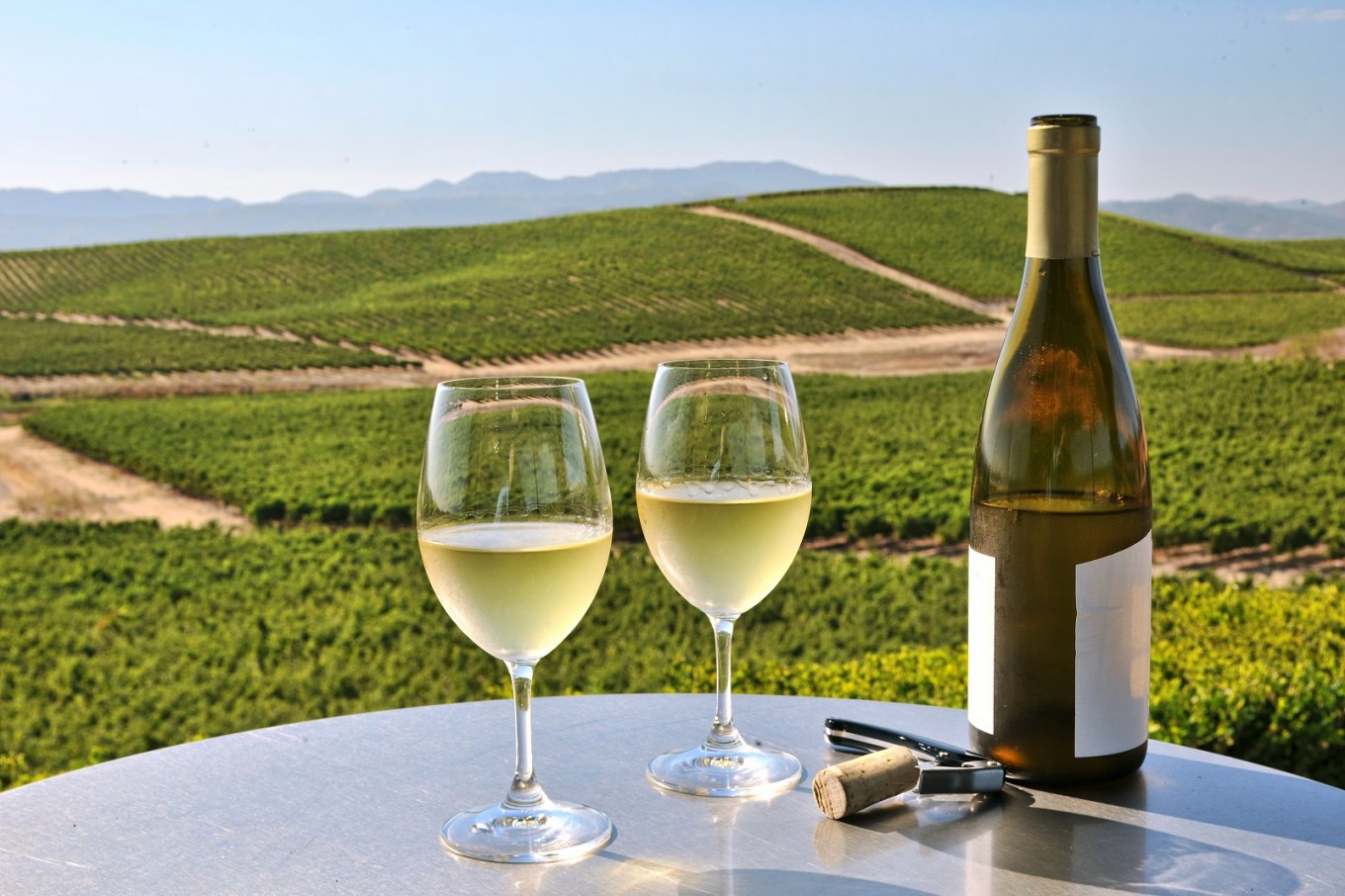 The growing season started and finished early, with a fine spring, a heat wave in June followed by rain, and an exceptionally dry, cloudy July and August. (Shutterstock/FloridaStock)
The growing season started and finished early, with a fine spring, a heat wave in June followed by rain, and an exceptionally dry, cloudy July and August. (Shutterstock/FloridaStock)
When I headed to Bordeaux to taste barrel samples from the region’s 2017 vintage, I was not hopeful.
I’d followed reports of the severe frosts over several nights in late April last year. The worst frost in 26 years decimated vines and drastically reduced the overall grape harvest by nearly 50 percent. “The frosts were biblical,” says Gavin Quinney, owner of Chateau Bauduc, who shows me photos of blackened vines on his iPhone as we compare notes at a château lunch.
But after 10 days of tastings during the annual event known as “En Primeur,” my main takeaway was surprise at how good many of the wines are.
The word I heard over and over again was “surprise.” The outstanding quality of wines from “not-frosted” vineyards is way better than everyone expected, given the challenges of the vintage.
The growing season started and finished early, with a fine spring, a heat wave in June followed by rain, and an exceptionally dry, cloudy July and August.
Eric Kohler, technical director of Château Lafite-Rothschild, says rain in mid-September, at harvest time, posed problems for the merlot. “But our grapes were beautiful, like in a fruit salad—you wanted to eat them,” he says, describing the character of the vintage as “perfect harmony.”
The frost
Despite the highlights, at every château, the main topic was how frost had affected the vines. Damage was unevenly distributed. Some estates, such as Château Corbin, one of my favorite properties in Saint-Émilion, and Château Fieuzal in Pessac-Leognan, lost their entire crop and made no wine at all.
The frost caused so much damage because the growing season started very early, and the emerging buds were destroyed. Worst hit were parts of Saint-Émilion, Pomerol, Pessac-Leognan, the Graves, and Sauternes, where many châteaux lost 30 percent to 50 percent of their crop.
To protect their best Pomerol estates, Christian and Edouard Moueix, of JP Moueix, had 28 workers setting up and lighting special bougies (candles) among the vines. The flames raised temperatures two degrees to three degrees, saving the day.
Château La Conseillante and Château Figeac employed helicopters to hover above their vines during the coldest part of the day; this, too, worked, as did wind machines elsewhere.
Other châteaux, especially those with top terroirs near the Gironde River in Saint-Estèphe, Pauillac, and Saint-Julien, escaped with no frost at all.
Read also: Jakpost Nightlife: Wine hangouts
The style of the wines
Veronique Sanders, who manages Haut-Bailly in the Pessac-Leognan region south of Bordeaux, explained that the summer’s cool nights and warm days added up to the wonderfully expansive, floral aromas that are another hallmark of the vintage.
The overall style of the 2017s is bright fruit, soft tannins, juicy acidity, and succulent, silky textures. The wines really show the different personality of each estate.
With a few exceptions, the reds aren’t as deep, rich, concentrated and powerful as those from 2015 and 2016, while some of the dry whites, such as Château Margaux’s Pavillon Blanc, Haut-Brion Blanc, and Domaine de Chevalier are even better than those from last year.
The first growths—châteaux Mouton Rothschild, Lafite Rothschild, Haut-Brion, Margaux, and Latour—are superb, as are the Right Bank’s vibrant, complex Petrus, Le Pin, and Château Ausone. Of those, I’d single out as super-standouts Lafite and Haut-Brion. You’ll be happy with any of these, so I haven’t included them in my list of top picks below.
Should you buy the wines as futures?
Serious wine collectors—or speculators—will buy a volume of their favorite wines at a price set now, hoping that when bottles hit stores in 2020 with their final prices, early buyers will have stored bargains. There were a few hints during en primeur this year as to whether this would be a good idea.
At the annual press dinner at Château Kirwan in Margaux, the Union des Grands Crus president, Olivier Bernard, announced that more merchants have descended on the region than for the great vintage of 2016, despite French air and rail strikes, which marks interest. Enthusiasm, which is different, varied widely among those with whom I spoke. Consensus is that after the great vintages of 2015 and 2016, 2017 is not really a year for speculators.
So should you buy? The big question will be price, which the châteaux will release over the next two months. A weak dollar will add to the cost for American buyers, even if, as many negociants predict, prices will be lower than last year. (That may be wishful thinking.) It’s probably not a safe bet that you’ll end up ahead on your investment in the near future.
Buying futures means plunking down your money for a wine still aging in barrels and then waiting for the bottled wine to arrive in two years. My advice is to buy if you really want a wine from a particular estate to drink, as quantities from many will be in short supply. But remember: The great 2015s are on shelves right now.
Read also: Four things oenophiles should know about collecting wine
Top 12 wines (beyond the first growths)

Château Angelus
The dark, rich, ripe flavors are matched by bright, savory minerality.
Château Belair-Monange
Power, elegance, and layers of flavor characterize this Saint Émilion.
Château Ducru-Beaucaillou
Very spicy and elegant, this Saint-Julien wine has a mouthwatering energy.
Château Figeac
Very plush and smooth, yet delicate and fresh, it’s also very structured.
Château Haut-Bailly
This is an incredibly polished red, with pure cassis flavors and a silky texture.
Château Lafleur
Sumptuous and dense, yet full of vibrant elegance, this is a star of the vintage.
Château L’Eglise Clinet
Silky and sophisticated, it brims with floral aromas and fruit, earth, and truffle flavors.
Château Leoville Barton
This generous, structured, and concentrated second growth from Saint-Julien is a stunner.
Château Leoville Las Cases
Complex, serious, and intense, it has a seductive texture and rich, powerful flavors.
Château Montrose
Plummy and dense, it’s also super-fragrant and almost juicy.
Château Pichon Lalande
Very spicy, lively, silky textured, and refined. Super structure and aromatics.
Vieux Château Certan
This luscious wine has lovely aromas of violets and a rich, yet fresh character.
Six good buys (traditionally under $35)
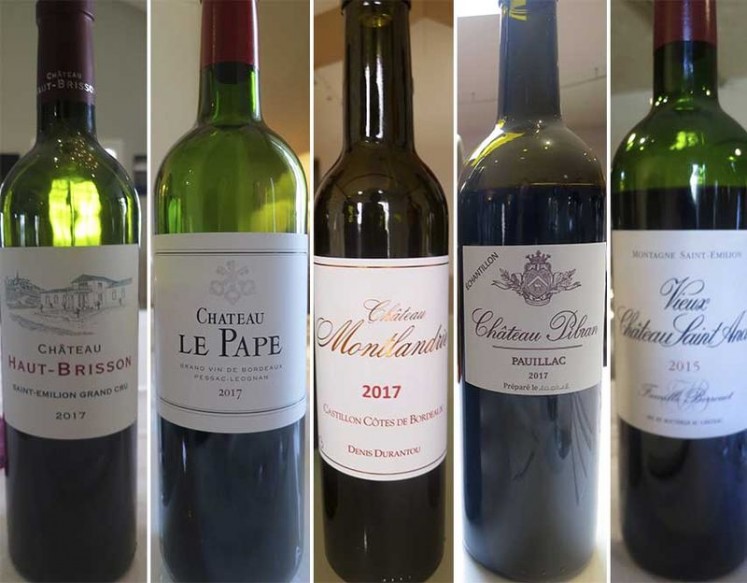
Blason d’Issan
The delicious second wine of Château d’Issan brims with intense fruit.
Château Haut-Brisson
The best vintage yet of this red is bright and juicy, with good structure.
Château Le Pape
Charming, spicy and silky textured, this is made by the Château Haut-Bailly team.
Château Montlandrie
Lush and lip-smacking, this insider wine is made by Denis Durantou of L’Eglise Clinet.
Château Pibran
Scented and savory, this wine has more merlot than usual because of frost.
Vieux Château Saint André
Jeff Berrouet and his father Jean-Claude, ex-winemaker at Petrus, made this fruity, fresh Montagne-Saint-Émilion red.
Four to avoid
Château de France
Tough tannins and edgy acidity mar this wine from Pessac-Leognan.
Château Maucaillou
This red from Moulis shows green, unripe aromas and tastes.
Château Desmirail
Ugh. Overwhelming vanilla tastes come from aging in too much new oak.
Château Magrez Fombrauge
Tasting this Saint-Émilion is like sucking on a two-by-four.

